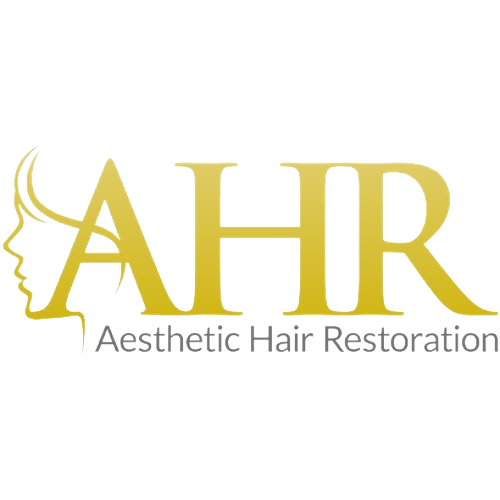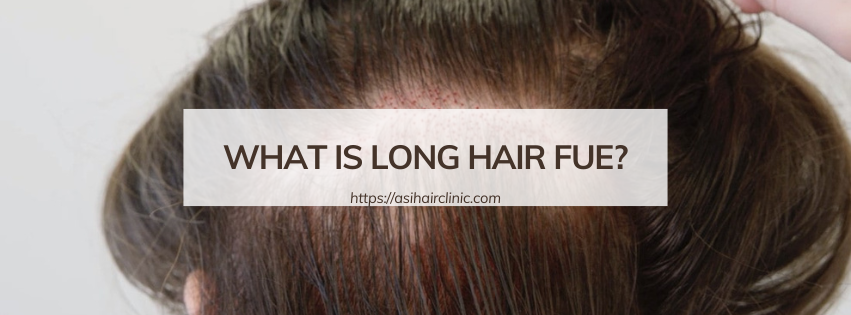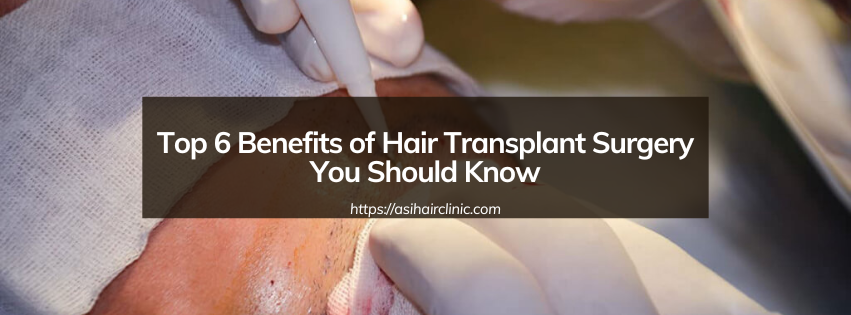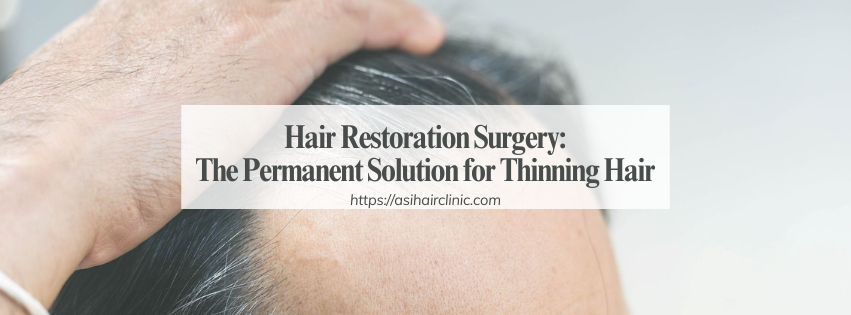The Use of Needle Free Anaesthesia in Hair Transplants
The use of needle free anaesthesia in hair transplants has emerged as a significant innovation in the field of cosmetic surgery. This cutting-edge approach minimizes patient discomfort and anxiety, making procedures more accessible and appealing to those considering hair restoration. By eliminating traditional needles, practitioners are not only improving the overall experience for patients but also enhancing procedural efficiency.
1. Understanding Needle Free Anaesthesia
Needle free anaesthesia represents a groundbreaking shift away from conventional methods of local anaesthesia administration. This technique utilizes alternative delivery systems that can effectively numb targeted areas without the use of traditional syringes or needles.
1.1. History and Development of Needle Free Technologies
The concept of delivering medications without needles dates back several decades and is rooted in a desire to improve patient experiences across various medical fields. Originally developed for vaccination purposes, needle free technologies have gradually found their way into numerous applications, including pain management and cosmetic procedures.
Over the years, different device types have been created to facilitate this method. The most common are jet injectors, which utilize high-pressure air to deliver medication through the skin. These devices offer several advantages, such as reduced risk of contamination, less pain during administration, and a lower likelihood of needle-related injuries.
In the context of hair transplants, the application of needle free anaesthesia presents compelling benefits. Not only does it alleviate the discomfort typically associated with needle injections, but it may also enhance the precision of the anaesthetic delivery, ensuring optimal results in the area being treated. This innovation paves the way for a more comfortable and effective hair transplantation experience.
1.2. How Needle Free Anaesthesia Works
Understanding how needle free anaesthesia works requires an exploration of its underlying technology. Jet injectors use a stream of pressurized gas to propel a fine mist of anesthetic solution that penetrates the skin. This process allows for rapid absorption of the anaesthetic agent, targeting nerve endings effectively and providing quick pain relief.
Patients undergoing hair transplant procedures often report heightened anxiety about needles. The fear of pain, coupled with concerns over recovery time, can deter individuals from seeking treatment. Needle free anaesthesia tackles these issues head-on by offering a virtually painless alternative. The use of this advanced system not only reduces pain but also enhances the overall experience, fostering a positive atmosphere conducive to successful outcomes.
Moreover, advancements in needle free technology have led to improvements in drug formulation and delivery mechanisms. Formulations designed specifically for injection via jet injectors can provide enhanced efficacy, resulting in better patient satisfaction post-procedure.

1.3. Benefits of Needle Free Anaesthesia in Hair Transplants
The introduction of needle free anaesthesia into hair transplantation practices brings forth numerous advantages. These benefits significantly influence both the patient experience and the efficiency of the procedure itself.
One of the most notable benefits is decreased anxiety. Many potential patients avoid hair transplant procedures due to their fear of needles or the anticipated pain associated with injections. By removing needles from the equation, more individuals feel comfortable seeking treatment, thus broadening the pool of candidates eligible for hair restoration.
Additionally, the use of needle free anaesthesia can lead to reduced recovery times. The precision of anaesthetic delivery minimizes tissue trauma and swelling, allowing individuals to resume normal activities more quickly. This aspect can be particularly appealing for busy professionals who might otherwise require extended time off work.
The enhanced comfort and efficiency provided by needle free anaesthesia can ultimately lead to higher patient satisfaction rates. When individuals feel at ease during their procedure and experience minimal discomfort afterward, they are more likely to share positive feedback and recommend the service to others.
2. Patient Experience with Needle Free Anaesthesia
The patient experience is paramount in any medical or cosmetic procedure, and the integration of needle free anaesthesia within the context of hair transplants alters this experience in profound ways.
2.1. Leading to Higher Satisfaction Rates
Research indicates that patient satisfaction plays a critical role in the success of cosmetic procedures. When individuals are comfortable and confident in their treatment choices, they are more likely to be satisfied with the outcomes. Needle free anaesthesia addresses fundamental patient concerns related to pain and anxiety.
Surveys conducted before and after the implementation of needle free anaesthesia reveal a marked increase in satisfaction ratings among patients undergoing hair transplants. Those who previously expressed apprehension about needles reported feeling more at ease when they learned about the availability of this innovative anaesthetic option.
This transformation in patient sentiment can have far-reaching implications. Satisfied patients are more inclined to share their positive experiences with friends and family, potentially leading to increased interest and participation in hair transplant procedures.
2.2. Encouraging More Individuals to Seek Treatment
One of the most promising aspects of needle free anaesthesia is its ability to encourage hesitant individuals to pursue hair transplant treatments. Many people struggle with hair loss but are deterred by fears around pain, needles, and recovery.
By educating potential candidates about the benefits of needle free anaesthesia, practitioners can demystify the process and alleviate concerns. Highlighting testimonials from patients who have undergone successful hair transplants using this technique can inspire others to take the first step toward reclaiming their confidence.
Moreover, as awareness grows regarding the availability and efficacy of needle free anaesthesia, it will likely result in a cultural shift surrounding hair transplants. Rather than being seen solely as an aesthetic procedure, hair restoration may become recognized as a viable solution for addressing self-esteem and mental health challenges tied to hair loss.
2.3. Personal Stories and Testimonials
Personal anecdotes serve as powerful tools in shaping perceptions of medical procedures. Patients who have experienced needle free anaesthesia during their hair transplants often emphasize how much more comfortable they felt compared to the traditional methods.
Many recount entering the clinic filled with anxiety, only to be immediately reassured by the staff’s explanation of the needle-free approach. Their testimonials frequently highlight the lack of discomfort during the anaesthetic application and the smooth progression of the procedure itself.
These narratives help humanize the experience, illustrating that technological advancements can indeed change lives for the better. Each story contributes to an ever-growing tapestry of evidence supporting the incorporation of needle-free techniques into cosmetic surgeries, ultimately persuading more individuals to seek out concerned treatments.

3. Comparisons with Traditional Anaesthesia Methods
When evaluating the merits of needle free anaesthesia in hair transplants, it’s essential to compare it with traditional methods. Understanding these differences sheds light on the transformative nature of this emerging technology.
3.1. Pain and Discomfort Levels
Traditional anaesthetic administration methods often involve multiple needle injections. While these injections serve their purpose effectively, they come with a host of negative side effects, including pain, swelling, and bruising. Many patients experience discomfort during the injection process, leading to increased anxiety and reluctance to undergo necessary treatments.
In contrast, needle free anaesthesia seeks to eliminate this discomfort. By delivering anaesthetic agents via high-pressure technology, patients report feeling little to no pain. This difference in sensation ultimately leads to a more pleasant experience and can significantly impact patient willingness to proceed with the procedure.
3.2. Recovery Time and Healing Process
The healing process following a hair transplant is crucial for achieving desired outcomes. Traditional anaesthesia may contribute to longer recovery times due to tissue trauma caused by invasiveness and swelling resulting from multiple injections.
Needle free anaesthesia, on the other hand, minimizes these risks. The precision of the delivery mechanism allows for targeted numbing with minimal disruption to surrounding tissues. As a result, patients often experience quicker recovery times and can return to their usual activities sooner than their counterparts who underwent traditional anaesthesia methods.
Additionally, less swelling and bruising associated with needle-free techniques can enhance visual outcomes, allowing patients to feel more confident and satisfied with their appearance in a shorter timeframe.
3.3. Psychological Impact on Patients
The psychological aspect of undergoing a hair transplant should never be underestimated. Traditional anaesthesia methods can evoke feelings of anxiety and fear, creating an additional mental burden for patients already grappling with self-image issues stemming from hair loss.
Conversely, the advent of needle free anaesthesia provides a sense of empowerment for patients. Knowing that they can receive effective anaesthetic care without needles fosters a greater sense of control over their treatment journey. This newfound confidence adds to the overall satisfaction derived from the procedure, ensuring that patients leave with not just physical improvements but emotional ones as well.
4. Future of Needle Free Anaesthesia in Aesthetic Procedures
As technological advancements continue to emerge, the future of needle free anaesthesia in aesthetic procedures-including hair transplants-looks increasingly promising.
4.1. Expanding Applications in Cosmetic Surgery
While the primary focus of needle free anaesthesia has been on hair transplants, its applications extend far beyond this singular procedure. As more practitioners recognize the benefits of this technology, we may see its adoption in various surgical and non-surgical cosmetic procedures.
For instance, injectable fillers and Botulinum toxin treatments could greatly benefit from needle-free approaches. Reducing discomfort during these popular procedures could lead to enhanced patient satisfaction and an uptick in individuals opting for facial rejuvenation treatments.
4.2. Ongoing Research and Improvements
Ongoing research plays a pivotal role in refining needle free anaesthesia technologies. Scientists and engineers are continually exploring ways to enhance the effectiveness and efficiency of these delivery systems.
By developing new formulations that penetrate deeper and act faster, future iterations of needle-free devices could provide even more seamless experiences for patients. These advancements would further maximize comfort while minimizing the likelihood of adverse effects associated with traditional injection methods.
4.3. Education and Training for Practitioners
As needle free anaesthesia becomes more commonplace in aesthetic procedures, education and training for practitioners will be critical. Physicians and nurses must learn to effectively use these devices while ensuring that they are well-versed in the nuances of patient communication.
Understanding the technology’s capabilities will empower practitioners to present it confidently to potential candidates. Providing comprehensive information about its benefits and addressing any lingering concerns regarding safety will further solidify its position in the cosmetic surgery landscape.
Conclusion
The use of needle free anaesthesia in hair transplants offers a remarkable evolution in how patients experience hair restoration procedures. With its numerous benefits ranging from heightened comfort to faster recovery times, this innovative technique is transforming the landscape of cosmetic surgery.
As awareness of needle free anaesthesia continues to grow, it is poised to not only revolutionize hair transplant practices but also expand into various other aesthetic applications. The combination of ongoing research, improved technology, and enhanced patient education will undoubtedly shape the future of cosmetic procedures.
Ultimately, the integration of needle free anaesthesia stands as a testament to the continuous pursuit of improving patient experiences in medicine. As this technology evolves and becomes more widely adopted, it promises to foster a more inclusive environment where individuals can feel empowered to seek out the treatments they desire without the barriers imposed by traditional methods.
LATEST POSTS








